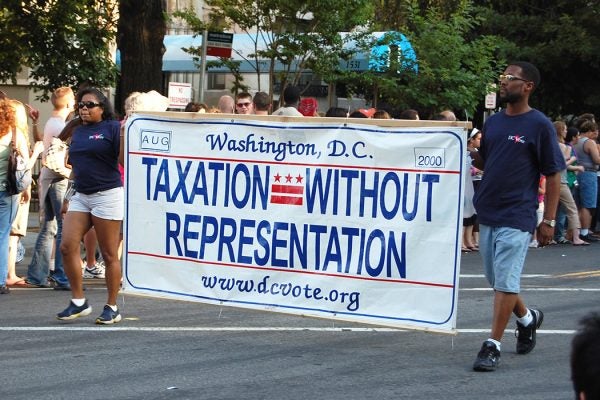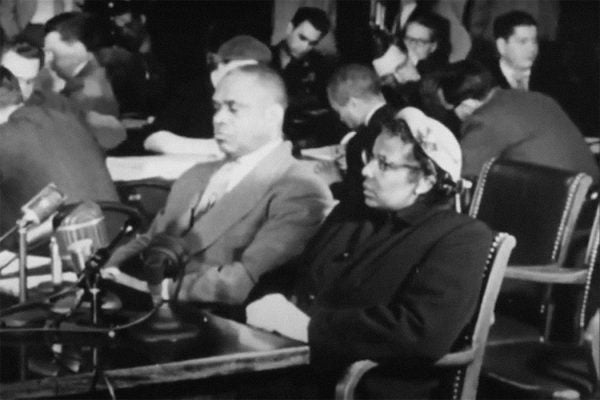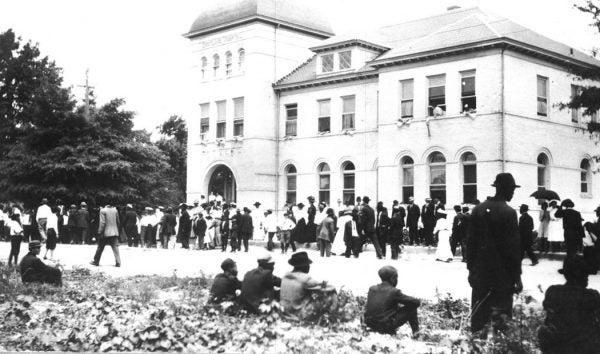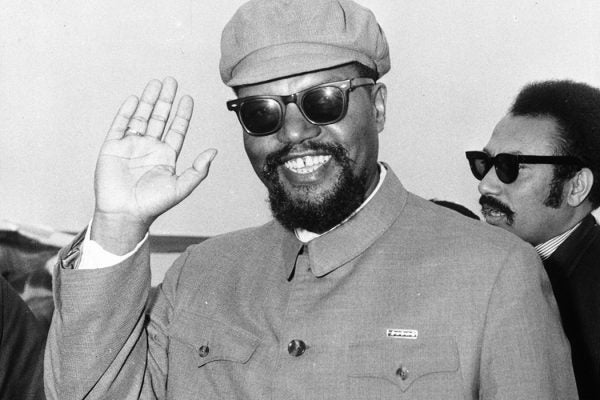The Long Fight for D.C. Statehood
Will the District of Columbia ever get its own star on the American flag? It's been an uphill journey so far.
How Annie Lee Moss Survived McCarthyism
Moss, a Black government employee with activist experience, was hauled in front of Congress on suspicion of being a Communist.
How Racist Cartoons Helped Ignite a Massacre
In 1898, a North Carolina newspaper cartoonist weaponized white fears and tropes of Black predation to stoke a coup d'etat.
Celebrating Black Artists
Profiles of Betye Saar, Krista Franklin, Miles Davis, Basquiat, Kanye West, Faith Ringgold and more.
The Amazing Story of Phil Moore, Hollywood Star Maker
As the first salaried Black musician at a major studio, he was a leader in shaping the sound of movies—though he was often uncredited.
Black Cowboys and the History of the Rodeo
Long overlooked in histories of the West, African-American rodeo stars also faced discrimination and erasure in that sport, too.
Why Hasn’t NASA Sent Anyone to Mars?
The Perseverance mission to Mars represents a considerable step forward for the space program. But are rovers as good as it gets?
Armed Self-Defense in the Civil Rights Movement
When idealistic nonviolent activists encountered violence in the South as they registered Black voters, local leaders lent them protection.
The Conservative Christian War on Rock and Roll
Tracing an early front in the culture wars to a trio of evangelical opponents of rock music in the 1950s and '60s.
Black Women, Black Freedom
Celebrating Black History Month with a look at the role of women in movements for liberation.









